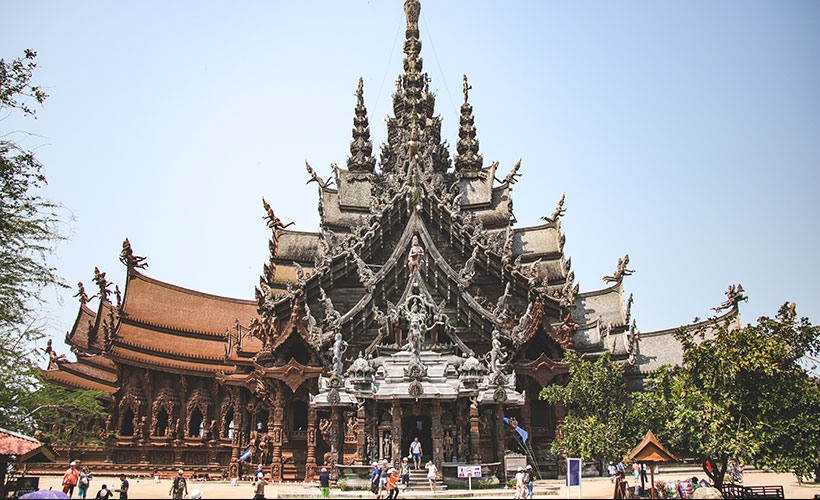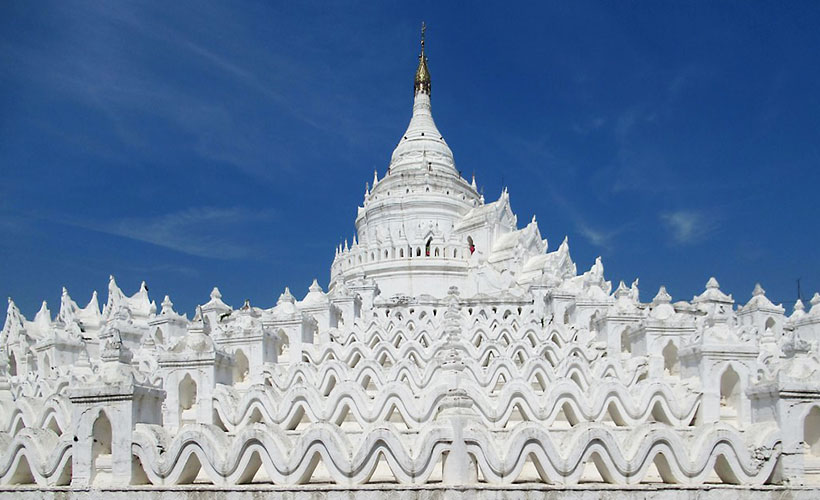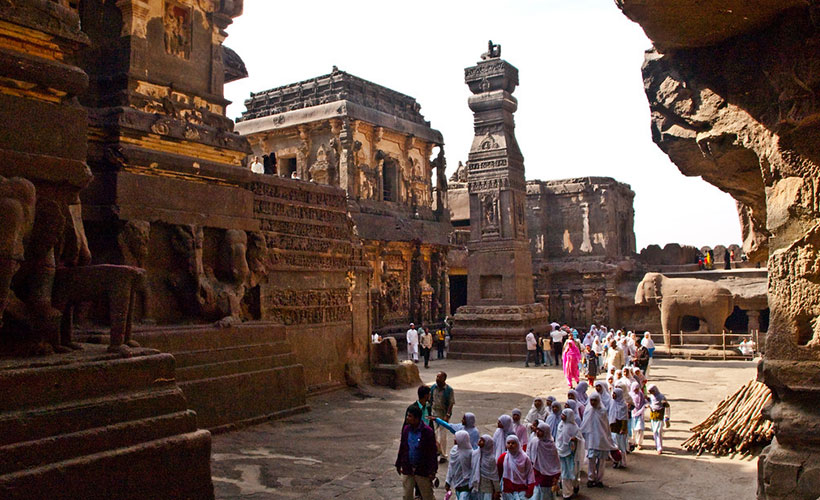
Considered one of the most remarkable cave temples in all of India, Kailasa Temple is a megalith carved out of a single rock. Of course, the devil is in the details, and its size, architecture, and sculptural treatment are also what makes it so impressive. Also known as Kailasanatha and Cave 16, this awe-inducing structure makes up part of a temple complex designed to look like Lord Shiva’s mountain-top home. This recreation of Mount Kailash is located in the Ellora Caves of Maharashtra.
The entire Ellora cave system is a UNESCO World Heritage Site and an architectural marvel. The vastness of these caves and the intricate carvings will leave you amazed at the precision and innovation that ancient communities used to create one of the most amazing sites in the world.
One for all, all for one
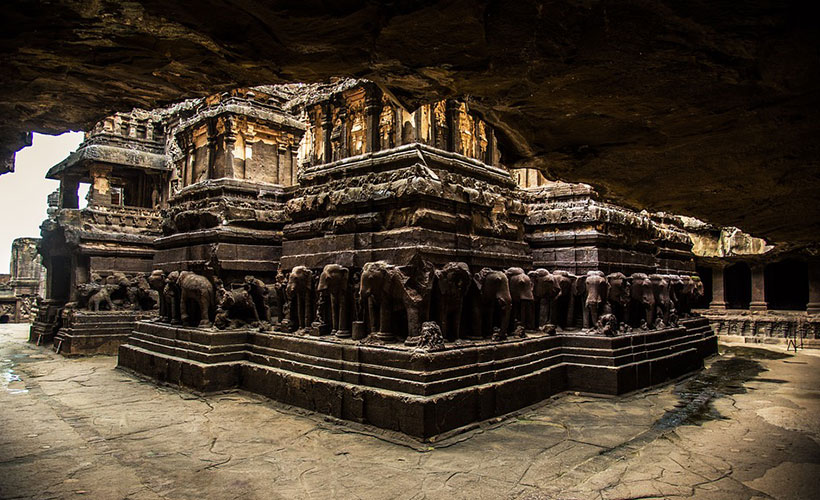
A total of 34 caves exist in this multicultural cave complex. While the 12 Buddhist caves were built first, this was followed by 17 Hindu caves, and then by five Jain caves. The time periods in which the different caves were constructed overlap. This is believed to be indicative of the religious competition that was prevalent in the area, when Buddhism was on the decline and Hinduism was growing.
Kailasa Temple is the largest monolithic structure in the world. It was carved from top to bottom from the surrounding basalt cliff – the only way to achieve this kind of architectural marvel. The spaces inside the Kailasa Temple are vast and the courtyard’s back wall is 84 metres high and 47 metres wide. The temple proper is 50 metres deep, 33 metres wide, and 30 meters high. Besides these, the complex has a gateway, antechamber, assembly hall, sanctuary, and tower. Flying bridges used to connect the gallery wall to the temple, but these have fallen.
It’s believed that 7,000 labourers worked for 150 years in order to complete this impressive structure, while others believe that it was completed in just 18 years. During this time, between 200,000 and 400,000 tonnes of rock were removed from the site with hammers, chisels, and picks. The Kailasa Temple is twice the size of the Parthenon in Athens and one and a half times as high.
When standing on holy ground, it’s important to mind your manners. Here are some tips:
Cultural Etiquettes When Travelling Within South & Southeast Asia
Setting the scene
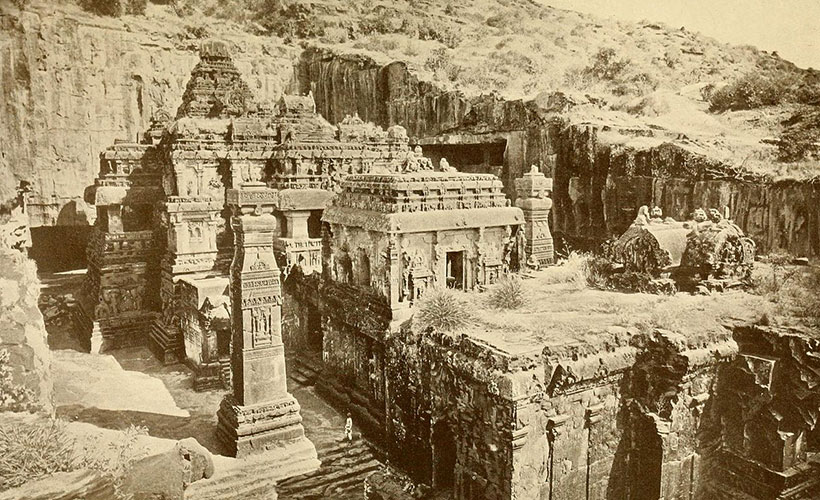
The entrance to the courtyard of the Kailasa Temple is flanked with two double-storey monolithic pillars. Inside, the courtyard is U-shaped, with a columned arcade standing three storeys high around the edge of it. The courtyard also houses a sculpture of Shiva’s sacred bull, Nandi. This sculpture faces Shivalinga. The arcade has several vast sculpted panels and alcoves with sculptures of deities.
Elaborately carved panels in the Kailasa Temple illustrate scenes from the main Hindu epics – namely the Mahabharata and Ramayana. It also shows the adventures of Krishna. There are also 10 panels in the southeastern gallery that show the 10 incarnations of the Hindu god Vishnu.
Elephants carved around the base of the structure create the impression that the temple is carried on their backs. A climb towards the south of the complex will take you to the top of the caves where you can view this ancient architectural marvel in its entirety.

